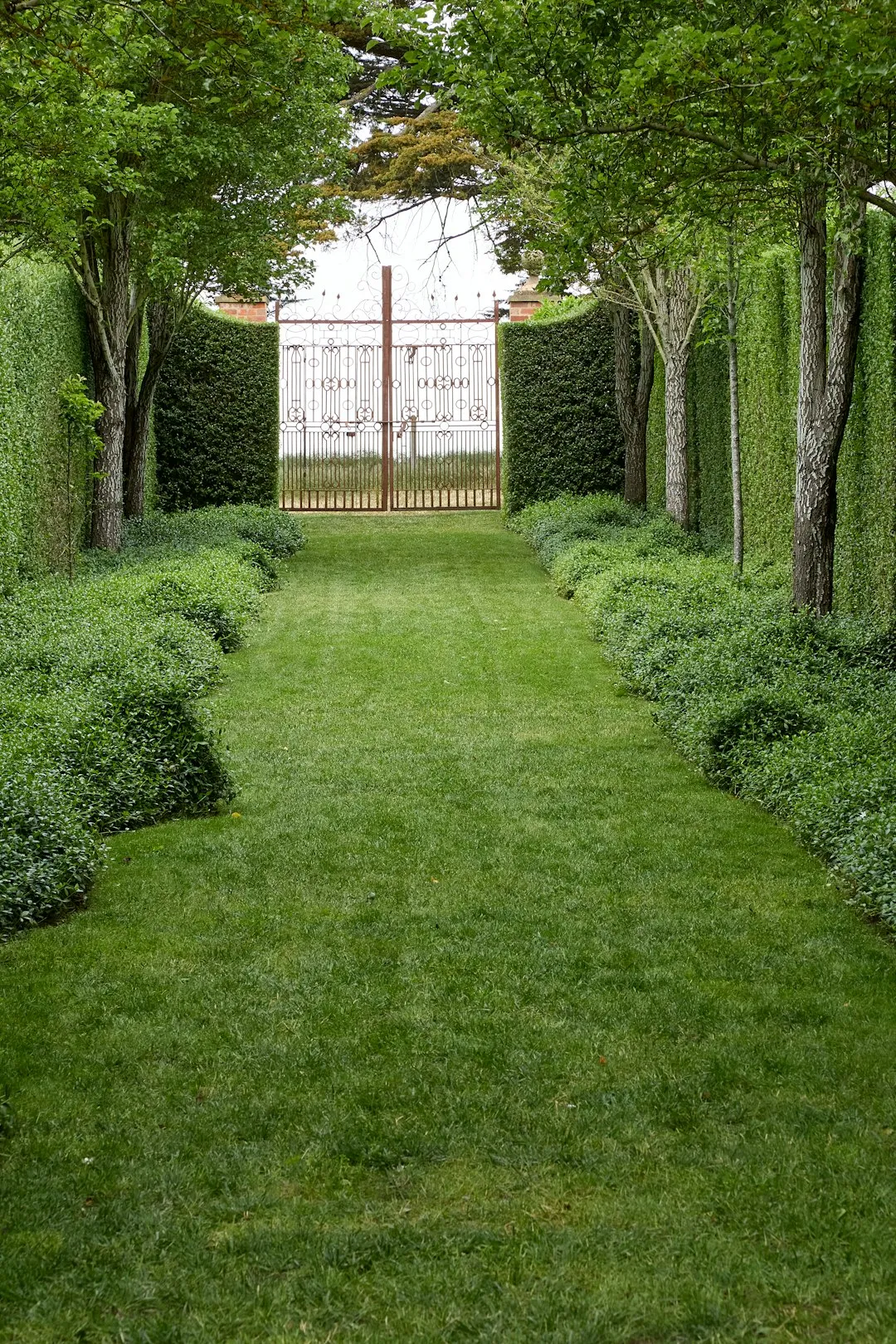The Secret to a Bird - Free Undesirable Zone in Your Garden

For garden enthusiasts and nature lovers, having birds around can be a delightful experience. Their melodious chirps, vibrant colors, and playful antics add a touch of life to any garden. However, there are times when birds choose to nest in locations that are less than ideal, causing potential damage to your property and sometimes even putting the birds themselves at risk. In this article, we'll explore effective and bird - safe strategies to prevent birds from nesting in undesirable areas of your garden.
First and foremost, it's essential to understand why birds choose certain locations for nesting. Birds look for places that offer shelter, protection from predators, and easy access to food and water. Undesirable locations in your garden might include under eaves, in gutters, or on top of outdoor equipment. These spots seem safe to the birds, but they can lead to clogs in gutters, damage to structures, and an overall unkempt appearance of your garden.
One of the simplest and most humane ways to deter birds from nesting in unwanted areas is through visual deterrents. Birds are often wary of unfamiliar objects or shapes. You can hang shiny objects such as old CDs, aluminum foil strips, or reflective tape near the areas where you don't want them to nest. The movement and reflection of light from these objects can startle the birds and make them think twice about settling in that spot. Another option is to use scarecrows or life - sized cutouts of predators like owls or hawks. Place them strategically around the garden, changing their positions regularly to keep the birds from getting used to them.
Sound deterrents can also be effective. There are various devices available in the market that emit high - pitched sounds or distress calls of birds. These sounds can create an uncomfortable environment for the birds, making them avoid the area. However, it's important to ensure that these sounds are not too loud or harmful to other wildlife or your neighbors. You can also play recordings of natural predator sounds at low volumes during the nesting season to discourage birds from approaching.
Modifying the physical environment can also prevent birds from nesting. For example, if birds are trying to nest under eaves, you can install bird netting. Make sure the netting is securely attached and has small enough holes to prevent the birds from getting through. In the case of gutters, regular cleaning and the installation of gutter guards can prevent birds from building nests. Gutter guards not only keep debris out but also make it difficult for birds to find a suitable place to build their nests.
Another aspect to consider is the availability of food and water. If you have bird feeders in your garden, make sure they are placed in areas where you want the birds to be. Avoid placing them near the areas where you don't want nesting. Also, keep your garden clean and free of fallen fruits, seeds, and other food sources that might attract birds to unwanted locations. If you have a water source like a birdbath, ensure it is in a visible and accessible area but away from potential nesting sites.
It's important to note that in many regions, certain bird species are protected by law. Before implementing any deterrent measures, it's crucial to identify the bird species and check local regulations. If you're unsure about the species or the legality of your actions, consult with a local wildlife expert or conservation organization. They can provide you with the necessary guidance and ensure that your efforts to prevent nesting are both effective and compliant with the law.
Finally, creating alternative nesting sites can be a great solution. You can install birdhouses in suitable areas of your garden. Different bird species have different requirements for their nests, so choose the right type of birdhouse for the species you want to attract. Place the birdhouses at an appropriate height, facing the right direction, and provide them with suitable nesting materials. By offering a more desirable option, you can encourage birds to nest in the areas you've designated for them.
In conclusion, preventing birds from nesting in undesirable locations in your garden requires a combination of strategies. Visual and sound deterrents, physical modifications, controlling food and water sources, and providing alternative nesting sites can all work together to create a bird - friendly yet property - protecting environment. By taking these steps, you can enjoy the beauty of birds in your garden without the hassle of dealing with unwanted nests.